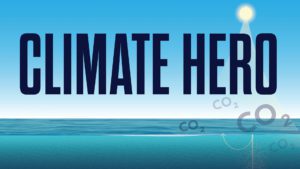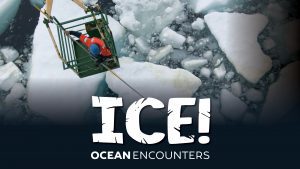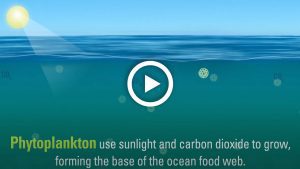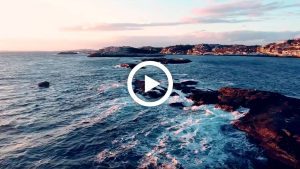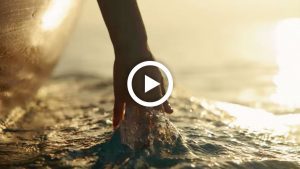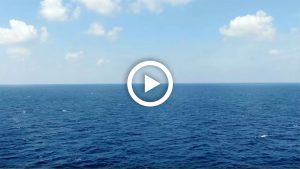WHOI researchers and students travel the length of the river, taking samples along the way.
The Fraser River watershed, located in the Canadian province of British Columbia, includes the rain-soaked peaks of the Coast Range, the Canadian Rockies, and the dry sagebrush prairie ecosystem in between. The Fraser is unique—it escaped the flurry of dam building that has altered nearly every other large river on the planet. Yet, the Fraser faces other threats. The mountain pine beetle epidemic, which is raging unchecked due to a string of mild winters, may eliminate up to 80% of the native pine forest. As these dead trees are harvested, the exposed soil will receive more of the sun’s heat, which will increase the temperature of the river water. If the water temperature exceeds 20 degrees C, salmon will no longer return to the Fraser—dubbed “the World’s Greatest Salmon River”—to breed. Pollution from logging and pulp mills and excess nutrient input and contamination from mining operations also impact the health of the river.
In May 2011, when the Fraser swelled to overflowing with meltwater and rain, Dr. Bernhard Peucker-Ehrenbrink and graduate students Britta Voss and Sarah Rosengard traveled the length of the river, from the delta to the headwaters, taking samples from both the main stem and critical tributaries along the way. Their data, supplemented by more frequent measurements made by students from the University of the Fraser Valley, will be used to assess how the river and its watershed are changing—for better or worse—over the coming years.
The Woods Hole World River Group, led by Peucker-Ehrenbrink, has received funding from the National Science Foundation, WHOI’s Coastal Ocean Institute, ETH Zurich’s Biogeoscience group, and the University of the Fraser River Valley, as well as the Woods Hole Research Center and WHOI.
Videographer/Photographer Chris Linder received aerial support from LightHawk. This project has been featured as a Tripods in the Sky initiative by the International League of Conservation Photographers.
Image and Visual Licensing
WHOI copyright digital assets (stills and video) on this website can be licensed for non-commercial use upon request and approval. Please submit your request via our Media Request Form.
For assistance or accessibility accommodations, call (508) 289-2647.

